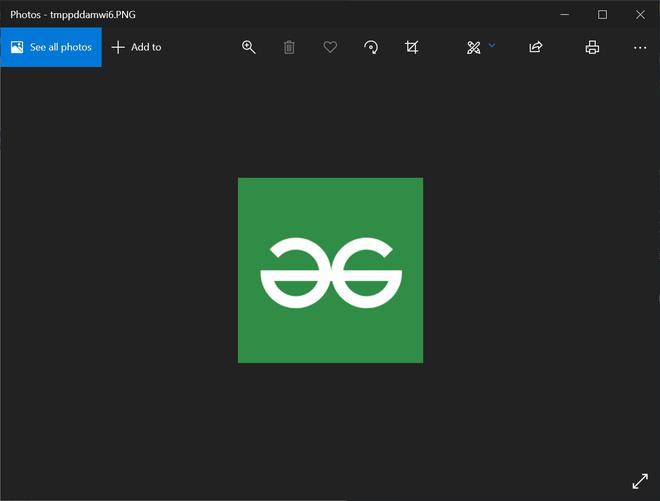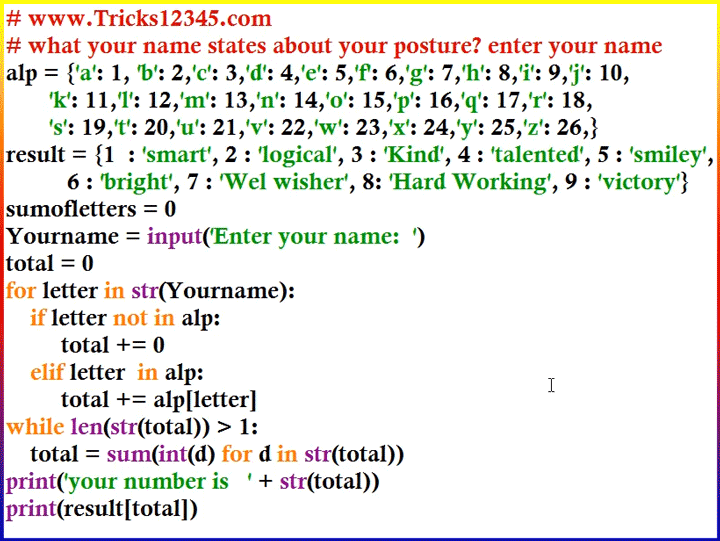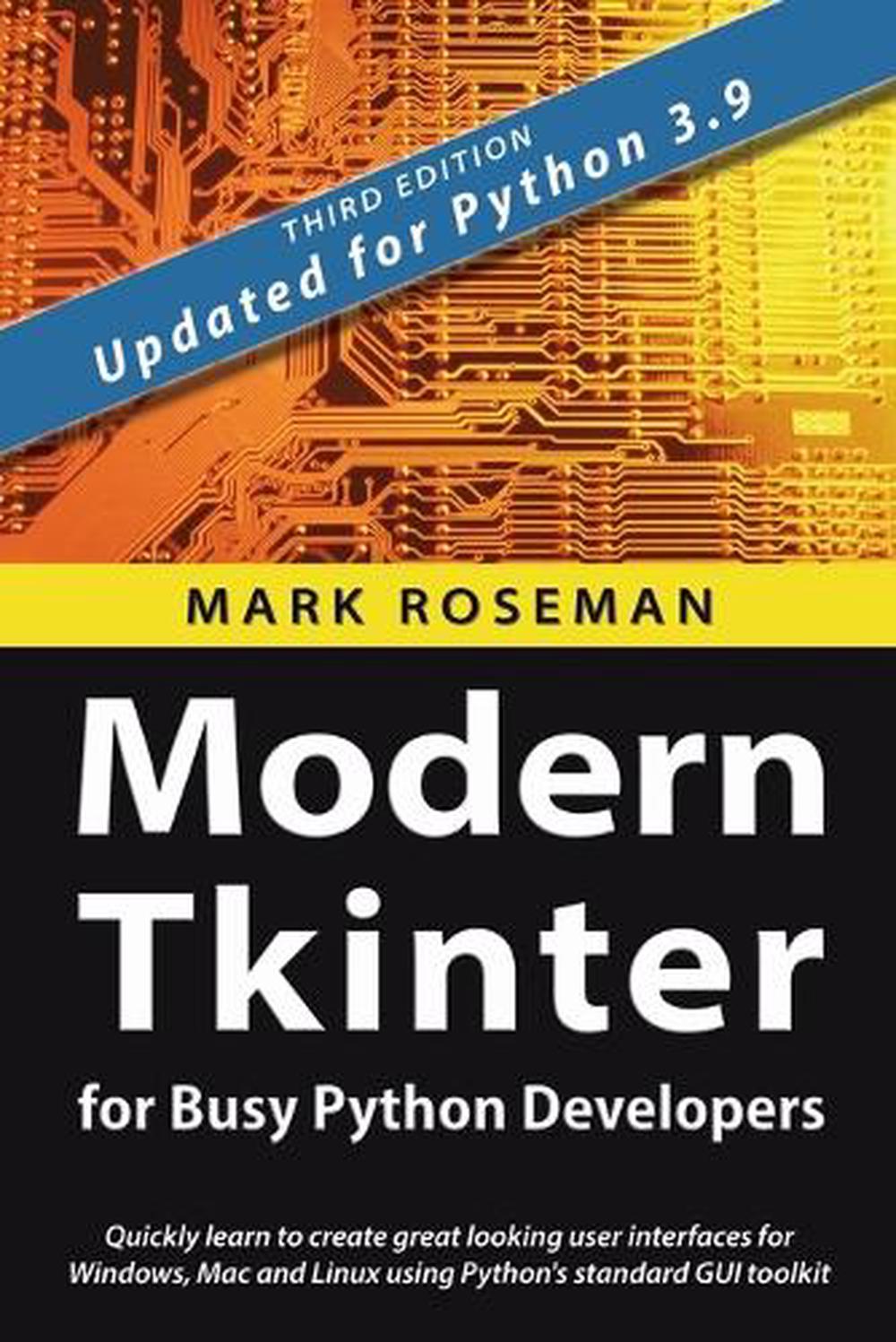

#Tkinter number press how to
Read How to convert Python file to exe using Pyinstaller Python tkinter messagebox askquestion Messagebox.option('title', 'message_to_be_displayed')

Yes returns True, No returns False, and Cancel returns None It prompts for ‘ Yes’, ‘No’, or ‘Cancel’. Returns True for ‘Yes’ and False for ‘No’ It prompts for ‘ Ok’ or ‘ Cancel‘, returns ‘ True‘ or ‘ False‘ It warns the user about the upcoming errors. Shows warning prompt with exclamation sign. The ideal time for its appearance is when the user makes any mistakes or skips the necessary step. like login successful, message sent, etc. Used when any confirmation/information needs to display. Messagebox provides mainly 6 types of message prompts like showinfo(), showerror(), showwarning(), askquestion(), askokcancel(), askyesno(), askretyrcancel().To get started with message box import a library messagebox in Python.Messagebox is used to display pop-up messages.Python Tkinter close popup window Python tkinter messagebox Print("Key up, last key pressed - " + lastKey)įrame = tkinter.Canvas(window, width=winWid, height=winHei, bg="black") Print("Key down, last key pressed - " + lastKey) #It is not needed to track the key changes, and it can be #onTimer is present to show keyboard action as it happens. #That a key is pressed is flagged, and the last key pressed is tracked #Current keys down are kept in a dictionary. #Tracks keys as pressed, ignoring the keyboard repeater This little prototype should cover all of the bases: #Key press prototype All while ignoring the keyboard repeater. The trick is to track the fact that a key there is a key down, what keys are currently down, and the fact that there is no longer a key pressed. Timer = threading.Timer(.1, self.report_key_release_callback, args=)ĭef report_key_release_callback(self, event):

Return time.time() - self.last_press_time <. Here is my custom KeyTracker class: class KeyTracker():

Window.bind_all('', key_tracker.report_key_release) Window.bind_all('', key_tracker.report_key_press) Where you are initializing keypress events: key_tracker = KeyTracker() I know this is not perfect, but I hope it helps!! As for those, just implement them the way you originally wanted them Once you have validated a press or release, call the on_key_press or on_key_release methods in your code. 1s) and then check to make sure the key is not down. For releases, the logic is harder: if there is a suspected release event, set a timer for a short time (here. To get a press, it is easy enough: if the key is not registered as pressed, trigger the event. I say that a key is down when it has been pressed in the last short amount of time (here. It's not great, but it does not require os.system overwriting system settings, which is nice.īasically, I make a class that records the timing of key presses. Well, this is a bit late now, but I have a solution that works.


 0 kommentar(er)
0 kommentar(er)
